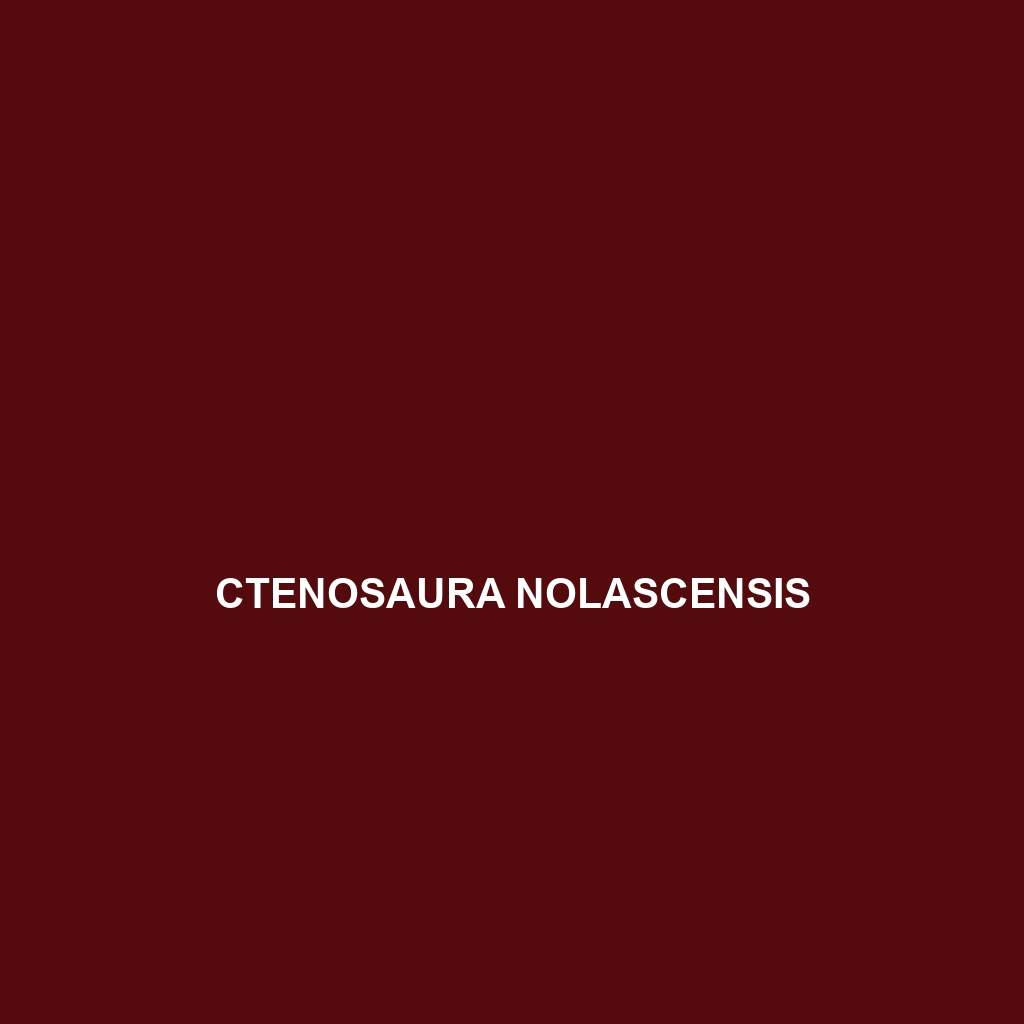Common Name: Ctenosaura melanosterna
Scientific Name: Ctenosaura melanosterna
Habitat:
Ctenosaura melanosterna, commonly known as the black spiny-tailed iguana, is primarily found in the tropical dry forests of Mexico, specifically in the regions of Veracruz and Oaxaca. This species prefers habitats characterized by rocky slopes and areas with abundant shrubs that provide both shelter and food resources. The climate in these regions is typically dry with seasonal rainfall, creating a unique environment for this iguana.
Physical Characteristics:
Ctenosaura melanosterna exhibits a robust body that can reach lengths of up to 1 meter (approximately 3.3 feet). The coloration is predominantly dark grey or black, which helps with thermoregulation in its warm habitat. One of its most distinctive features is the series of spiny scales located along its back and tail, providing it with a spiny appearance that contributes to its common name. The robust limbs and strong claws assist in climbing and digging.
Behavior:
Ctenosaura melanosterna is known for its diurnal behavior, being most active during the day. They are often seen basking in the sun or foraging for food. These iguanas are also highly territorial, particularly males, which engage in displays of strength and vibrant posturing to assert dominance. Their ability to rapidly climb trees and rocks adds to their agility, making them adept at escaping predators.
Diet:
The diet of Ctenosaura melanosterna is primarily herbivorous, consisting mostly of leaves, fruits, and flowers. They have also been observed feeding on insects and other small invertebrates, especially during their juvenile stages. Their diverse diet reflects their adaptability to varied food sources found in their natural habitat.
Reproduction:
Ctenosaura melanosterna has a breeding season that typically occurs during the warmer months of May to August. Females lay clutches of approximately 10 to 20 eggs, which they bury in sandy substrates. The incubation period lasts about 2 to 3 months, after which hatchlings emerge. Parental care is minimal, and the young iguanas are independent from birth.
Conservation Status:
Currently, Ctenosaura melanosterna is classified as vulnerable according to the IUCN Red List. Habitat loss due to deforestation and urban development poses significant threats to their populations. Conservation efforts are needed to protect their natural habitats and ensure their survival in the wild.
Interesting Facts:
One fascinating aspect of Ctenosaura melanosterna is its ability to regenerate its tail after losing it, a trait shared by many iguanas. This reduces its vulnerability to predators. Additionally, their spiny tails not only serve as a defense mechanism but also play a role in social interactions among the species.
Role in Ecosystem:
Ctenosaura melanosterna plays an important role in its ecosystem as a herbivore, aiding in the dispersal of seeds through its diet. By foraging on various plants, they contribute to plant growth and diversity in their habitats. Moreover, they serve as prey for larger predators, which helps maintain the food chain balance in their ecological community.
